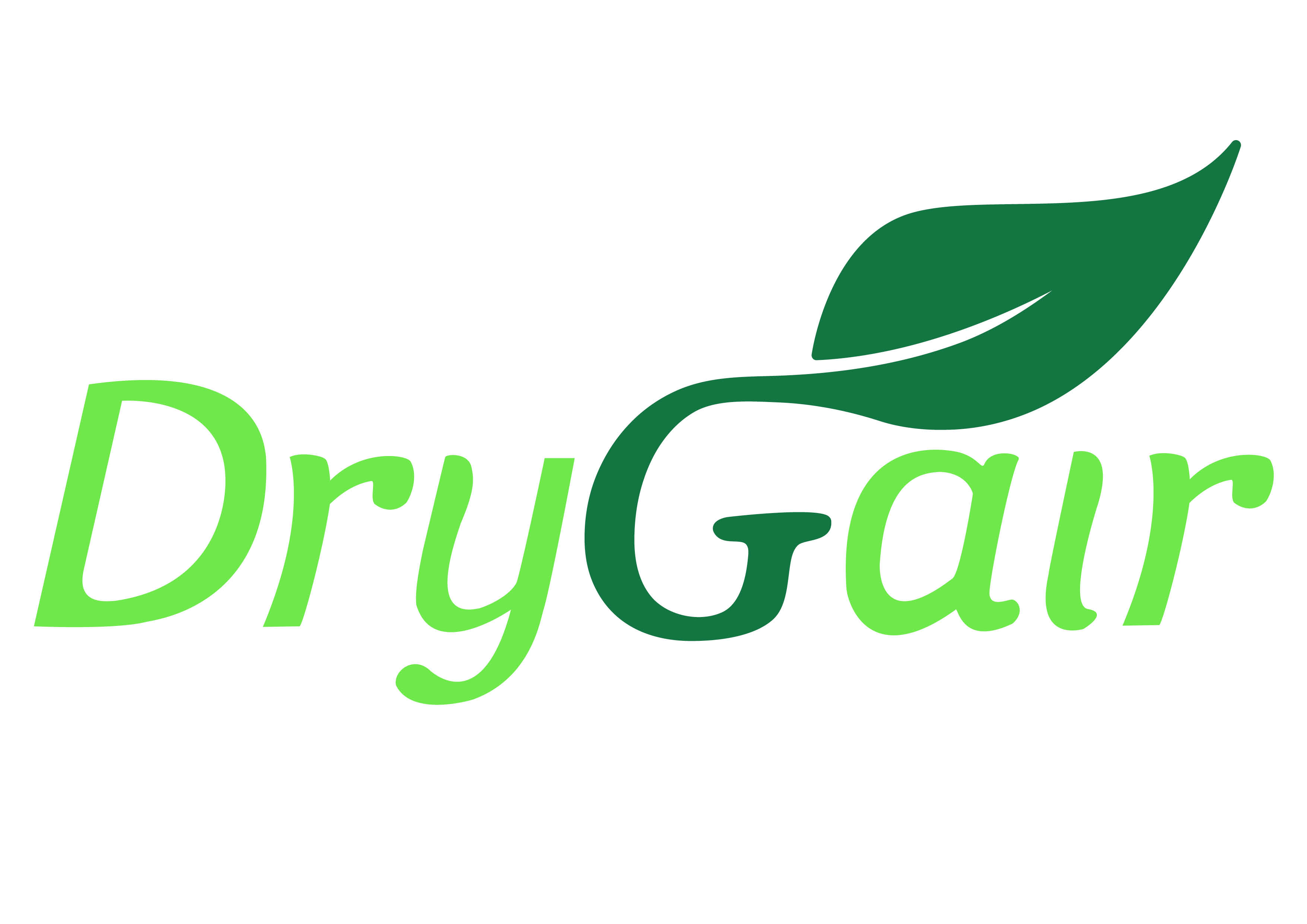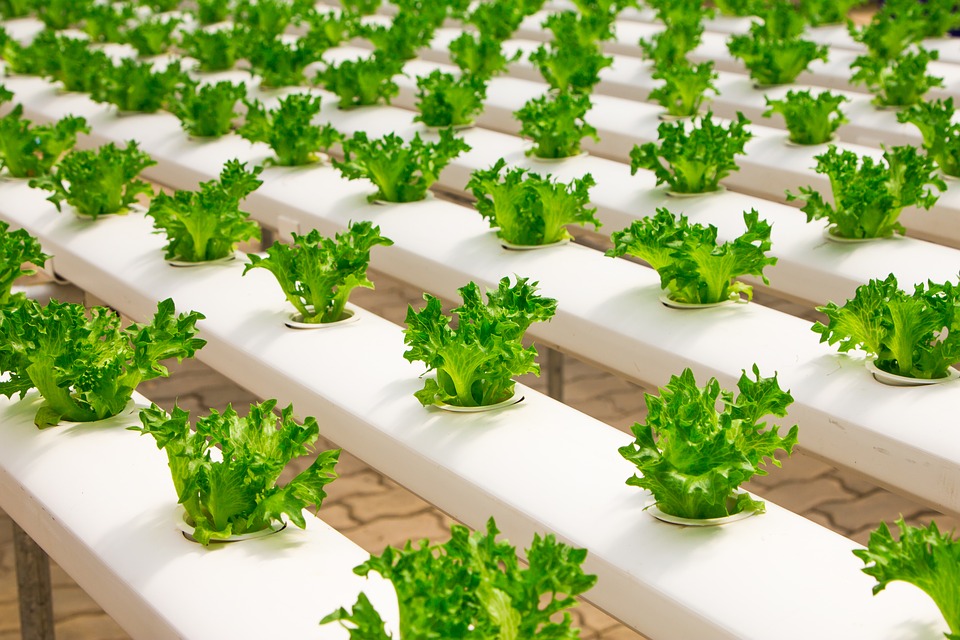In this contibutor article, the DryGair team discusses controlling environmental conditions in a soilless grow.

The following is an article produced by a contributing author. Growers Network does not endorse nor evaluate the claims of our contributors, nor do they influence our editorial process. We thank our contributors for their time and effort so we can continue our exclusive Growers Spotlight service.
Hydroponic cultivation is the technique of growing plants in a soilless medium, using water to provide nutrients and oxygen to the plant roots. This allows growers to be more efficient, precise and in control. But also increases the risk of crops failing, if not performed correctly. Read on to find out how to get the most out of your hydroponic grow by paying attention to the environment.
Benefits of Hydroponic Cultivation
Cannabis, like most plants, has five basic requirements to grow. It needs a steady supply of oxygen, water and nutrients, taken in through the roots, as well as radiation and CO2 provided through the air. These fuel the basic processes in the plant – respiration, nourishment and photosynthesis.
In hydroponics, the oxygen and nutrients are provided through water, instead of soil. This makes the uptake more efficient, and more controllable, potentially leading to higher quality and quantity of raw bud. Furthermore, if performed efficiently, hydroponics have been proven to reduce water consumption by as much as 90%, decrease land use and pest susceptibility, and in return minimize the use of pesticides. It also completely nullifies the need for herbicides, as pesky weeds do not show up in the absence of soil. All in all, it seems like an obvious choice.

High Stakes Growing
Hydroponics provide growers the ability to tighten their control over the environment, by fine tuning the solution nourishing the roots. But it also removes the buffer layer, normally provided by the soil. Soil provides the physical environment around the plant, affecting and limiting the fluctuations in oxygen presence, temperature and acidity.
When the soil is removed from the chain, providing the correct levels of oxygen, nutrients and environmental conditions becomes the grower’s full responsibility. This also means that any fluctuation which may occur, for example, heating of the water due to power outage, can occur rapidly and in a matter of hours lead the solution to over-heat, causing a drop in dissolved oxygen content, slowing growth and bringing upon the right conditions for a Pythium (root rot) outbreak.
Tight Control & Monitoring
In order to effectively run a hydroponic operation, all conditions should optimally be controlled and monitored closely. It’s not only the conditions of the water, i.e. the solution, but also the climate conditions, i.e. the air.
Air climate control is one of the most basic functions of a greenhouse or indoor growing facility. Each crop has a preferred range of temperature, humidity and radiation in which it maximizes its growth potential, regardless of the growing technique.
The difference in the intensity of necessary climate control between conventional farming and hydroponics, is the rate at which changing conditions may affect the plant. Though not directly related to hydroponics, the lack of a buffer means that these parameters need to be kept in a tighter range as fluctuations in air conditions may rapidly affect the water in turn.

Humidity & Air Circulation
A crucial air parameter requiring a close eye is relative humidity. As it is a major driving force behind the rate of nutrient transfer, meaning the rate at which the plant absorbs minerals from the solution. If the growing space is too humid, this rate slows down, causing the plant to take in less nutrients and in turn decrease the rate of growth. High levels of humidity are also tied closely with outbreaks of diseases and molds such as bud rot.
The force gluing all these efforts together is the right circulation of air. Correct circulation helps create uniformity, essentially leveling the conditions of air, and subsequently the nutrient solution, in order to minimize the fluctuations which may occur between different areas.
The interplay between climate and root zone conditions determine the plant’s activity, tying together the entire system, in which parameters affect each other in numerous ways. This is true for any cultivation but in cannabis, and more so in hydroponics, the tight control over each separate parameter may make the difference between a successful grow and swift mass die-off.
Growers Network would like to thank the DryGair team for contributing this article. Do you need some help maintaining environmental conditions in your grow? You can check out what DryGair has to offer here.
10 Best Gift Ideas for Cannabis Connoisseurs and Growing Aficionados (2022)
December 7, 2022Developing and Optimizing a Cannabis Cultivation System
December 14, 2021Dealing with Insomnia: How Can CBD Help?
December 10, 2020Your Guide to Sleep and CBD
December 7, 2020
Do you want to receive the next Grower's Spotlight as soon as it's available? Sign up below!
